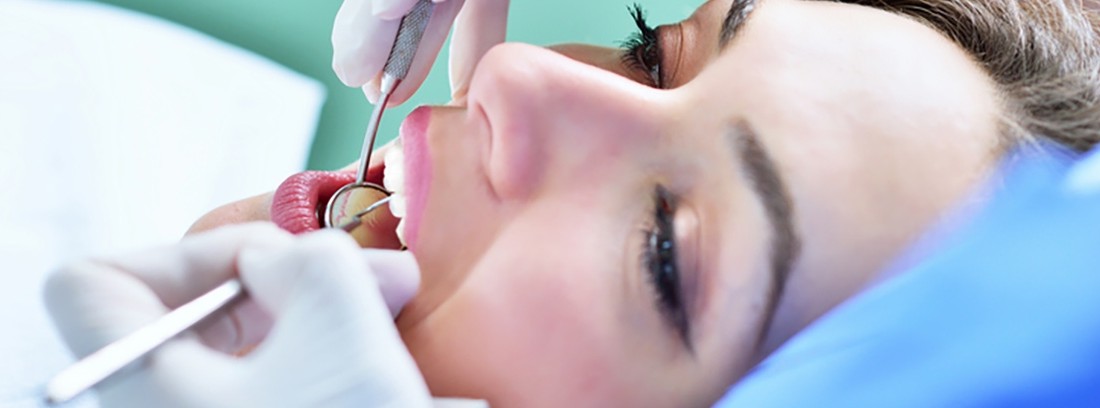Tartar

Apart from causing us an obvious aesthetic problem, it can cause us a health problem by damaging the supporting structure of the teeth (what we call periodonum) and causing inflammation of the gums, halitosis (bad breath), bone loss and , in the long run, its consequent loss of teeth.
Bacterial plaque
To talk about tartar, it is first necessary to explain a little about bacterial plaque because it is closely related. Bacterial plaque is a mixture of food debris, saliva and microorganisms that is deposited on the surface of the teeth. Bacterial plaque is not visible, we can only visually detect it when it acquires a certain thickness. It is very important to keep in mind that this bacterial plaque can be eliminated by.
If it is not partially or totally eliminated, calcium and phosphorus salts are deposited (salts from saliva) that will cause a mineralization of this bacterial plaque. And that is when it becomes and is called tartar, dental calculus or dental tartar (which is how it is known scientifically). Dental tartar cannot be removed with tooth brushing no matter how hard you try, since it is hard (it is calcified) and is very attached to the teeth.
Types of tartar
According to its location, a distinction is made between supragingival tartar, when it is above the gum line, and subgingival or infragingival, when it is below it. Tartar tends to accumulate more frequently on the inner surfaces of the lower anterior teeth. The only way to eliminate it is through professional hygiene, that is, through one.
Prevention
To try the formation of tartar it is necessary to perform a good tooth brushing technique and make good use of it. The use of an irrigator is also highly recommended for this purpose. It is a device with a similar appearance to a but that also has a tank to put water. The appliance also has several small and special heads to draw water under pressure and clean the surface between the tooth and the gum and, especially, between the teeth (interproximal surface). This device is especially recommended for patients with fixed prostheses, whether bridges, crowns or implants, and patients undergoing orthodontic treatment with braces.
And do not forget to perform once in a while
- Tartar damages the supporting structure of the teeth.
- Good brushing technique, flossing, and a water flosser are key to preventing their formation.
- It cannot be removed with toothbrushing, so only professional hygiene can do it.
(Updated at Apr 14 / 2024)